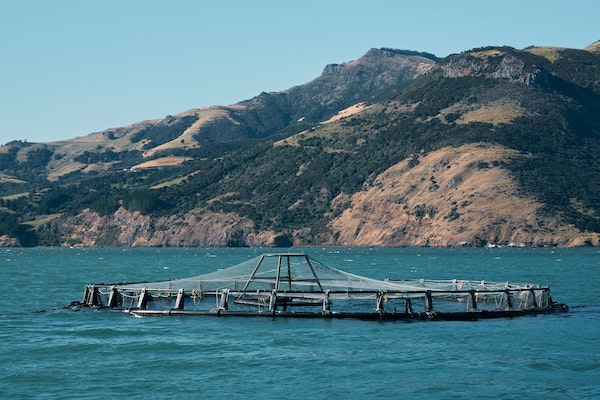
Aquafeeds
Projects look to improve carbon footprint and biodiversity impact of aquafeeds
The Sustainable Fisheries Partnership aims to better understand, measure and reduce the environmental and carbon footprint of aquafeeds.
Aquafeeds
Novel omega-3-rich canola oil makes fish healthier and minimizes dark melanin spots in salmon fillets, Nofima scientists say.

Aquafeeds
The Sustainable Fisheries Partnership aims to better understand, measure and reduce the environmental and carbon footprint of aquafeeds.
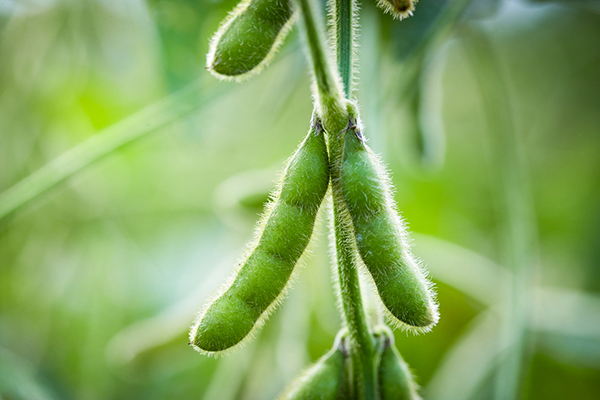
Aquafeeds
Benson Hill and Denofa are partnering to introduce sustainable soy protein ingredients to the aquaculture fish feed market in Europe.
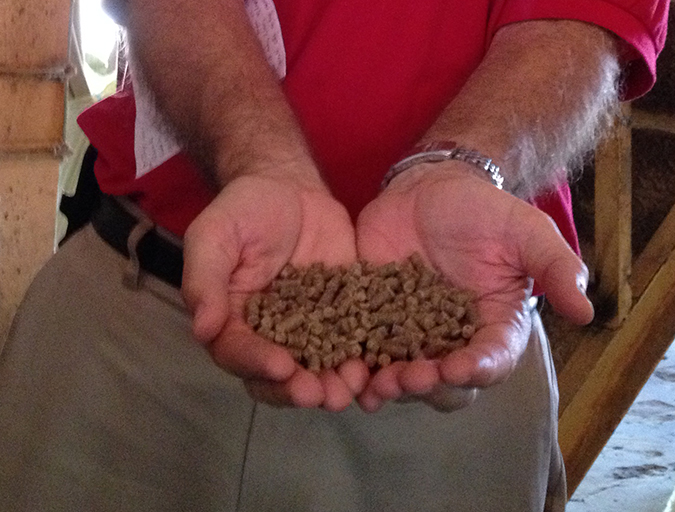
Aquafeeds
A competition designed to drive innovation in aquafeeds has doubled its original funding goal and has attracted some of the biggest names in fish feed. F3 has also served as a catalyst for collaboration among feed manufacturers and ingredient suppliers.
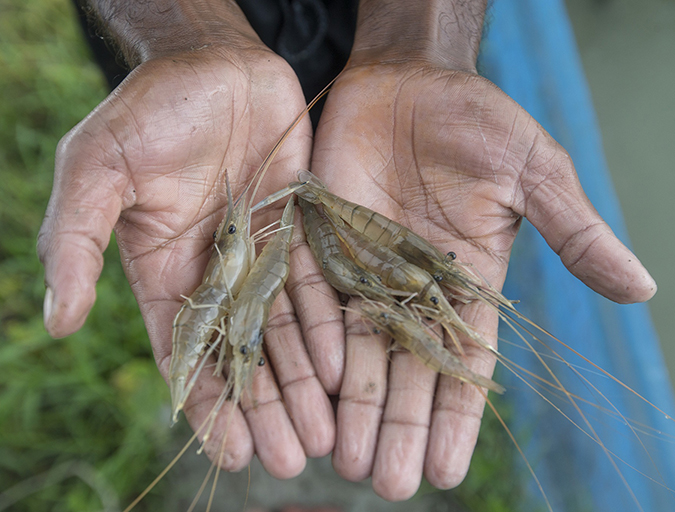
Innovation & Investment
A government-funded $3 million (AUS) project by innovationXchange, WWF and others seeks transformative solutions from entrepreneurs for small-scale producers in the Indo-Pacific region. The competition’s three challenges include fresh thinking on feed, “new ocean products” and sustainable design.

Responsibility
Turn fuel into animal food? Calysta can do that. The California biotech company is now hoping for greater buy-in from aquaculture, its target market. CEO Alan Shaw talks about the potential of FeedKind and its ambitious plans for 2016 and beyond.
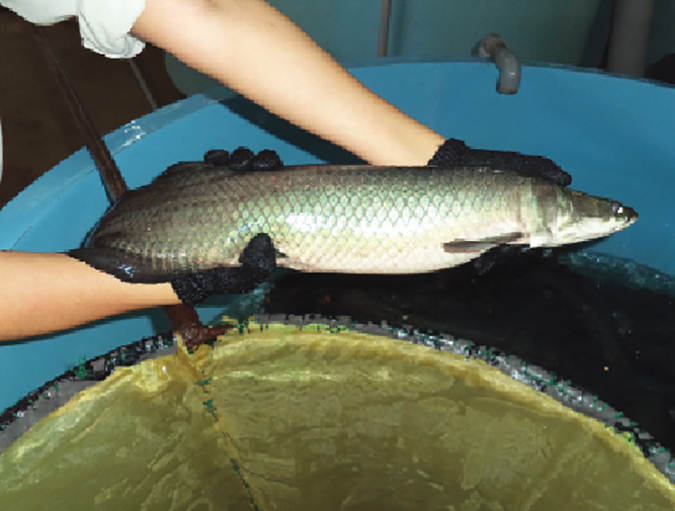
Aquafeeds
A cooperative feeding demonstration conducted by USSEC and Amazon Fish Products S.A. evaluated the use of soy to partially replace fishmeal in diets for paiche, or pirarucu, the largest freshwater fish species.

Innovation & Investment
Dutch investment firm Aqua-Spark has in just two years developed a modest portfolio, but a strategy that is poised for growth and impact across the entire aquaculture value chain, its CEO and co-founder told the Advocate.
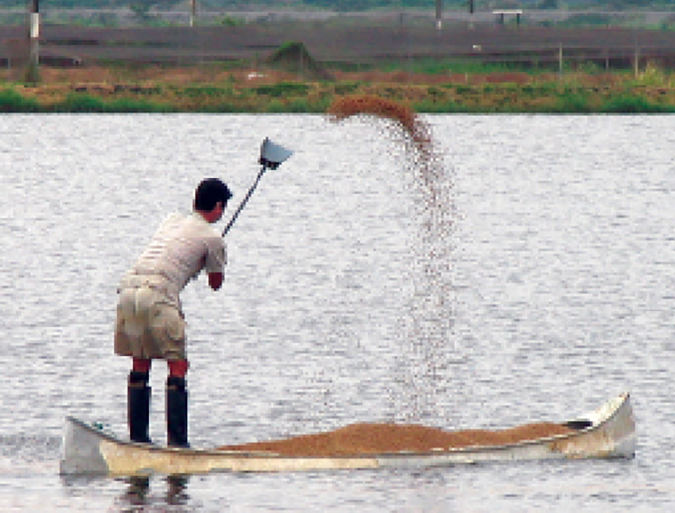
Aquafeeds
Uneaten or undigested feed and their metabolic byproducts contribute to declines of water quality in aquaculture systems. Accordingly, feed and feeding techniques require continuous review. Reducing overfeeding is an important opportunity for improving feed conversion ratios.
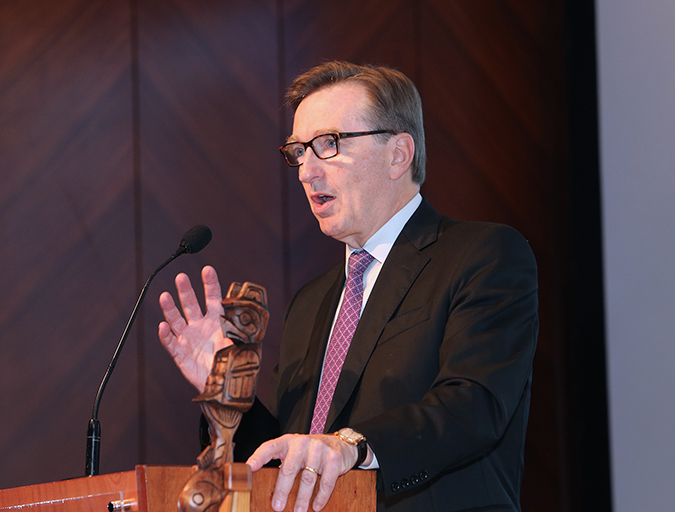
Innovation & Investment
A jam-packed three days of important dialogue in Vancouver was capped off by a keynote from the CEO of one of Canada’s oldest seafood companies, a suite of aquafeed innovations and a moving acceptance speech from Bill Herzig, the GAA Lifetime Achievement Award recipient.
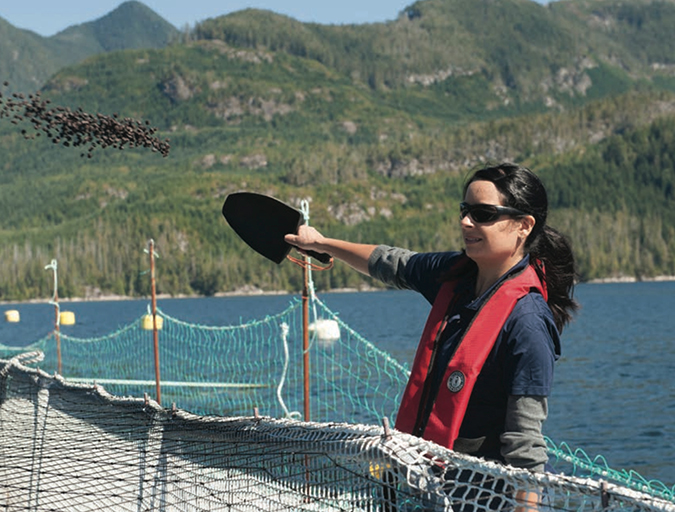
Responsibility
The British Columbia Salmon Farmers Association releases its first annual Sustainability Progress Report as the Global Aquaculture Alliance hosts its GOAL conference in Vancouver, B.C. The group intends to share progress on environmental, social and economic impacts.

Innovation & Investment
China, the world’s largest producer of farmed fish, represents a huge opportunity for the Global Aquaculture Alliance and its Best Aquaculture Practices certification scheme. GAA’s Steve Hart talks about the inroads the organization has already made and how he can leverage his background in the soy industry.
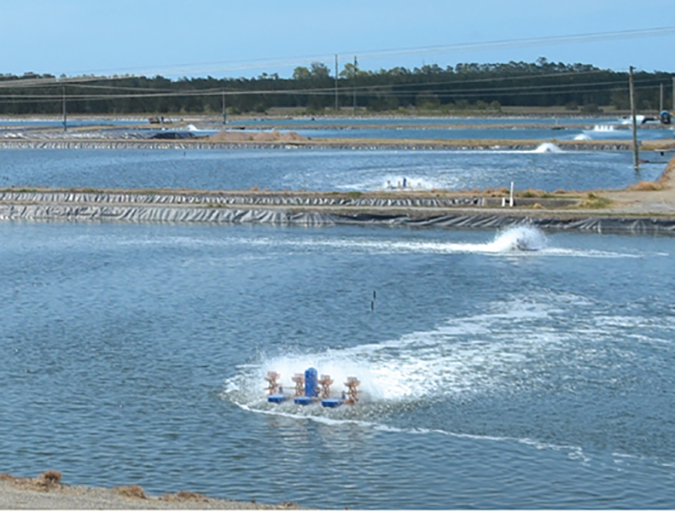
Aquafeeds
Shrimp farmers in Australia believe that applying smaller amounts of feed regularly is an effective strategy for maximizing feed conversion in ponds. By providing more time for shrimp to rest between eating cycles, consistently lower FCRs have been achieved.
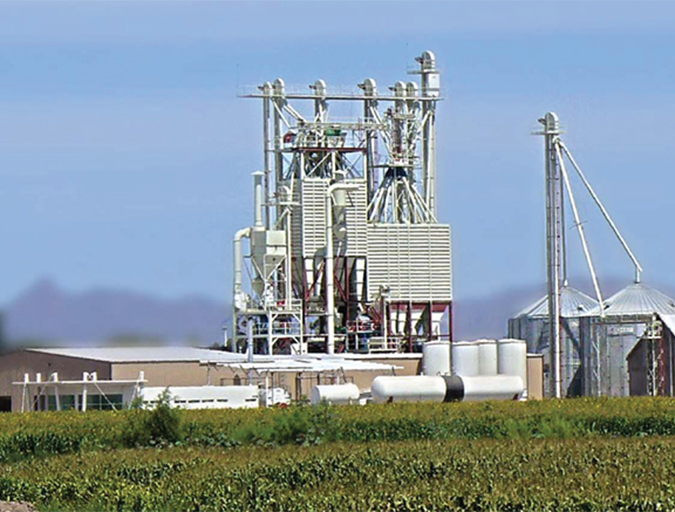
Aquafeeds
Incorporating feed manufacturing into an aquaculture business offers greater and more efficient product access, control and logistics, as well as additional profit potential. A feasibility study that plans for growth and includes both a business plan and economic analysis is a must.
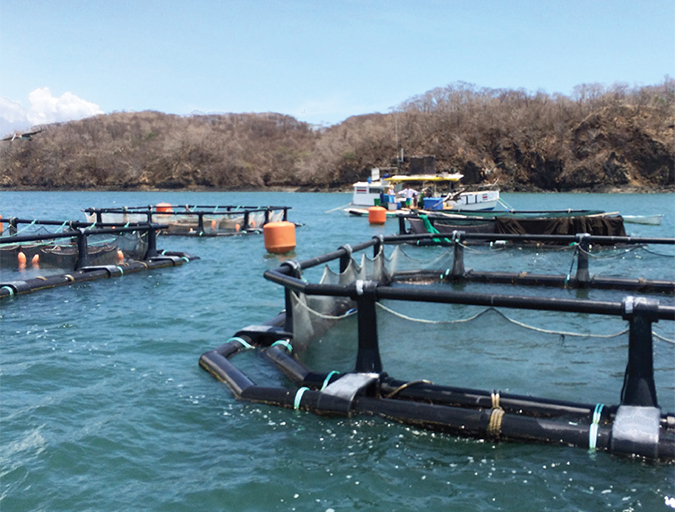
Aquafeeds
A feeding demonstration in Costa Rica evaluated the partial replacement of fishmeal in diets for spotted rose snappers with soy protein concentrate (SPC). It found no significant difference between the performance of fish fed an SPC-based diet and those that received commercial fishmeal-based diets.
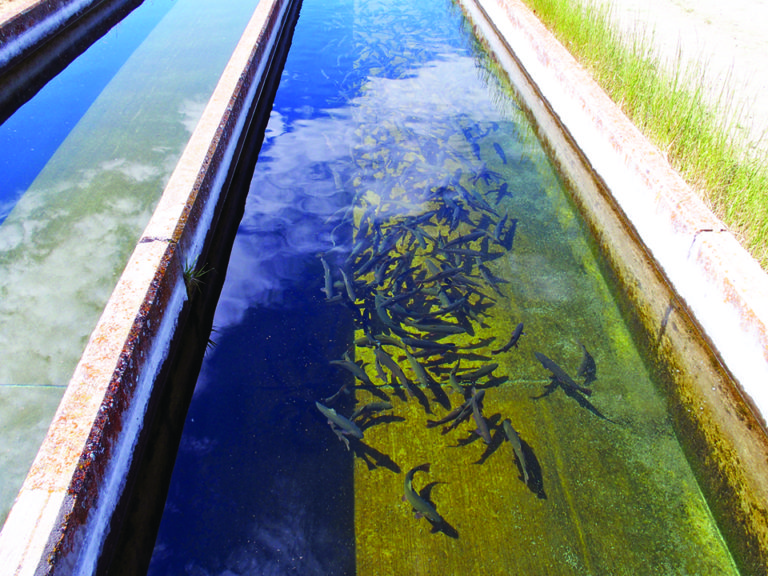
Aquafeeds
Reduced performance in fish fed high-soy feeds has been blamed on antinutrients, low methionine content and palatability issues. Pretreatment to inactivate anti-nutritional compounds and supplementation with amino acids improves soy-based feed performance, but not to control levels.